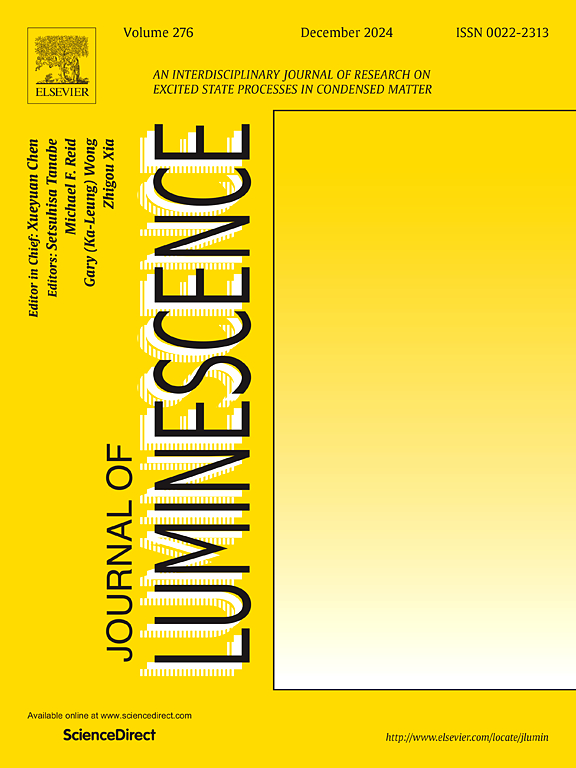Dependence of speckle contrast in laser lighting on laser and phosphor characteristics
IF 3.3
3区 物理与天体物理
Q2 OPTICS
引用次数: 0
Abstract
A challenge using lasers for general lighting is the ability of lasers to form speckles. Speckles arise due to the coherence of the laser light. In laser lighting, a blue laser is typically converted to white light through luminescence in a phosphor material. The correct mixing of scattered blue laser light and the yellow light, generated by luminescence, creates the impression of white light. However, elastic scattering of the coherent laser light in phosphor materials causes speckles to appear in the blue part of the generated white light. The presence of speckles affects the uniformity of the light and therefore efforts to reduce the contrast of the speckles are needed. We present a thorough investigation of the influence of different laser and phosphor properties on the degree of speckle contrast in the white light. In this study, we consider objective speckles, observed on a surface, illuminated by the white light. We find that the speckle contrast depends significantly on the coherence properties of the laser as well as on the properties of the phosphor material. These findings are beneficial in order to design low-speckle laser lighting systems for general lighting applications.
激光照明中散斑对比度对激光和荧光粉特性的依赖
在普通照明中使用激光的一个挑战是激光形成斑点的能力。斑点的产生是由于激光的相干性。在激光照明中,蓝色激光通常通过荧光粉材料的发光转化为白光。将散射的蓝色激光与发光产生的黄光正确混合,就会产生白光的印象。然而,相干激光在荧光粉材料中的弹性散射导致产生的白光的蓝色部分出现斑点。斑点的存在影响光的均匀性,因此需要努力降低斑点的对比度。我们提出了一个全面的研究影响不同的激光和荧光粉性质对白光散斑对比的程度。在本研究中,我们考虑在白光照射下观察到的表面上的客观斑点。我们发现散斑对比度在很大程度上取决于激光的相干特性以及荧光粉材料的特性。这些发现有助于设计用于普通照明的低散斑激光照明系统。
本文章由计算机程序翻译,如有差异,请以英文原文为准。
求助全文
约1分钟内获得全文
求助全文
来源期刊

Journal of Luminescence
物理-光学
CiteScore
6.70
自引率
13.90%
发文量
850
审稿时长
3.8 months
期刊介绍:
The purpose of the Journal of Luminescence is to provide a means of communication between scientists in different disciplines who share a common interest in the electronic excited states of molecular, ionic and covalent systems, whether crystalline, amorphous, or liquid.
We invite original papers and reviews on such subjects as: exciton and polariton dynamics, dynamics of localized excited states, energy and charge transport in ordered and disordered systems, radiative and non-radiative recombination, relaxation processes, vibronic interactions in electronic excited states, photochemistry in condensed systems, excited state resonance, double resonance, spin dynamics, selective excitation spectroscopy, hole burning, coherent processes in excited states, (e.g. coherent optical transients, photon echoes, transient gratings), multiphoton processes, optical bistability, photochromism, and new techniques for the study of excited states. This list is not intended to be exhaustive. Papers in the traditional areas of optical spectroscopy (absorption, MCD, luminescence, Raman scattering) are welcome. Papers on applications (phosphors, scintillators, electro- and cathodo-luminescence, radiography, bioimaging, solar energy, energy conversion, etc.) are also welcome if they present results of scientific, rather than only technological interest. However, papers containing purely theoretical results, not related to phenomena in the excited states, as well as papers using luminescence spectroscopy to perform routine analytical chemistry or biochemistry procedures, are outside the scope of the journal. Some exceptions will be possible at the discretion of the editors.
 求助内容:
求助内容: 应助结果提醒方式:
应助结果提醒方式:


